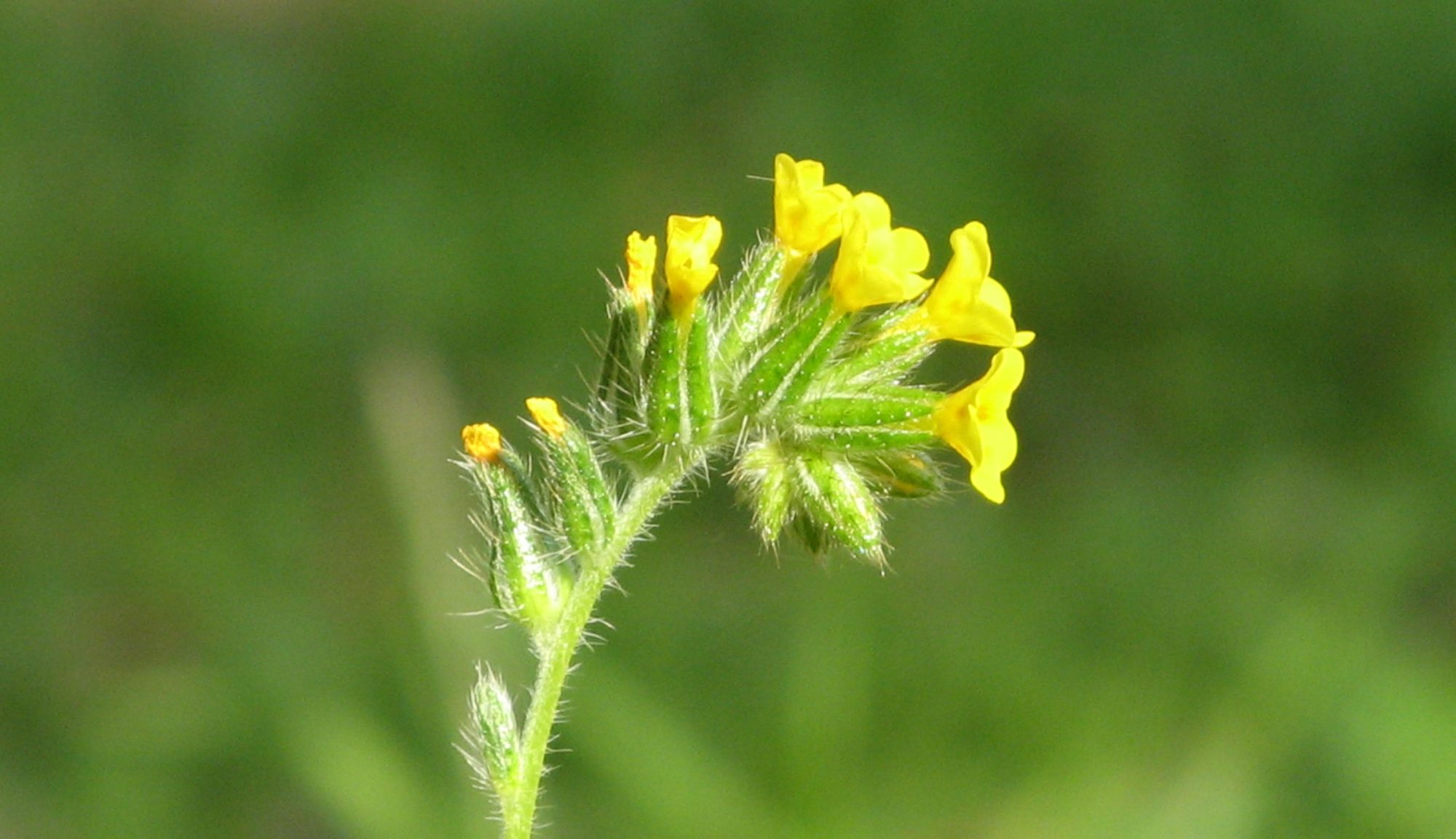The story of a single rhizobium bacterium making its way into a legume root where it fills a nodule with its nitrogen-fixing brood is not as simple as once thought (see my previous post for background). The soil is full of bacteria, and it should be no surprise that other species get into the nodule along with the nitrogen fixer. Also, given the way that bacteria swap genes, it is little surprise that unusual species get hold of nitrogen-fixing genes, and even nodule-inducing genes. Martínez-Hidalgo & Hirsch have just come out with the latest compilation of the nodule microbiome in the new journal Phytobiomes.
Of course the predominant inhabitants of a nodule are the nitrogen-fixing bacteroids, thanks to the strong control the host plant exerts over the nodule environment. Some of the other inhabitants, though, are also beneficial to the plant. The ways they can help include solubilization of phosphate, production of compounds that solubilize iron, protection against heavy metal toxicity, possession of antifungal activity, and other plant growth promoting attributes. Some companion bacteria produce plant hormones that increase plant growth, although I have not heard a convincing argument as to why a plant is not equally benefited by producing its own hormones. Co-inoculation studies involving nodulating bacteria paired with other nodule inhabitants have shown benefits such as increases in nodule number & weight, plant nitrogen, dry shoot weight, pod weight & number, pathogen resistance, seed weight, and total yield.
Some bacteria with plant growth promoting capabilities have picked up genes for nitrogen fixation or nodule induction the way that bacteria are known for picking up new genes. Bacteria can receive genes from closely related bacteria through conjugation, AKA bacterial sex. Under favorable circumstances they can also take up DNA from dead cells in the environment and incorporate it into their own complement of genes. Nitrogen fixation requires a gene dubbed nif, and the ability to communicate with a plant and negotiate growth of a protective nodule requires another gene, called nod, both of which can only come from a strain that already has such a gene. Heavy-metal-resistant strains of nitrogen-fixing Cupriavidus picked up their nif and nod genes from the related species Burkholderia. A strain of Pseudomonas, a genus more commonly associated with diseases of plants and humans, was discovered nodulating black locust using a nod gene received from the more commonly nodulating bacterial species Mesorhizobium. A strain of Klebsiella, a genus associated with opportunistic infections in humans, was found in nodules of several legume species and was demonstrated to nodulate fava bean in a laboratory setting.
The authors envision widespread co-inoculation of legumes with nodulating bacteria and beneficial companion bacteria. While biological fixation of nitrogen has environmental benefits over industrial fixation, the model of turning scientific discoveries into products has its own downside. Highly capitalized farmers will be able to buy any input that can increase their profit margin, while farmers who are struggling financially will have to cut costs and instead use knowledge and additional labor to substitute for external inputs. Scientific knowledge that can only be accessed by specialized corporations will tend to accrue benefits to those who are already better off. If co-inoculation technology is to benefit those most in need, a system of public production and distribution of inputs would be necessary.
The authors point out that co-inoculation would be particularly helpful in degraded soils. Certainly the restoration of microbial diversity would contribute to restoration of soil to a healthy state. It would be helpful, though, if scientific investigations could zoom out from the reductionist business of characterizing beneficial co-inoculant species and in addition elucidate environmental conditions and management practices that would promote the proliferation of in situ populations of beneficial nodule-inhabiting companion bacteria. Laboratory cultures require time, labor, resources, and paperwork to ship internationally, but knowledge can move around the globe in an instant. The era of purely reductionist science must yield to whole-system perspectives. In this way, basic research, such as molecular microbiome studies, can help reduce economic inequality rather than contribute to it.

The need for a whole-system perspective in research that generates knowledge instead of just products for sale is essential for reaching out to the majority of small and medium farmers around the world. Sounds like we also need changes in the reward system for researchers!